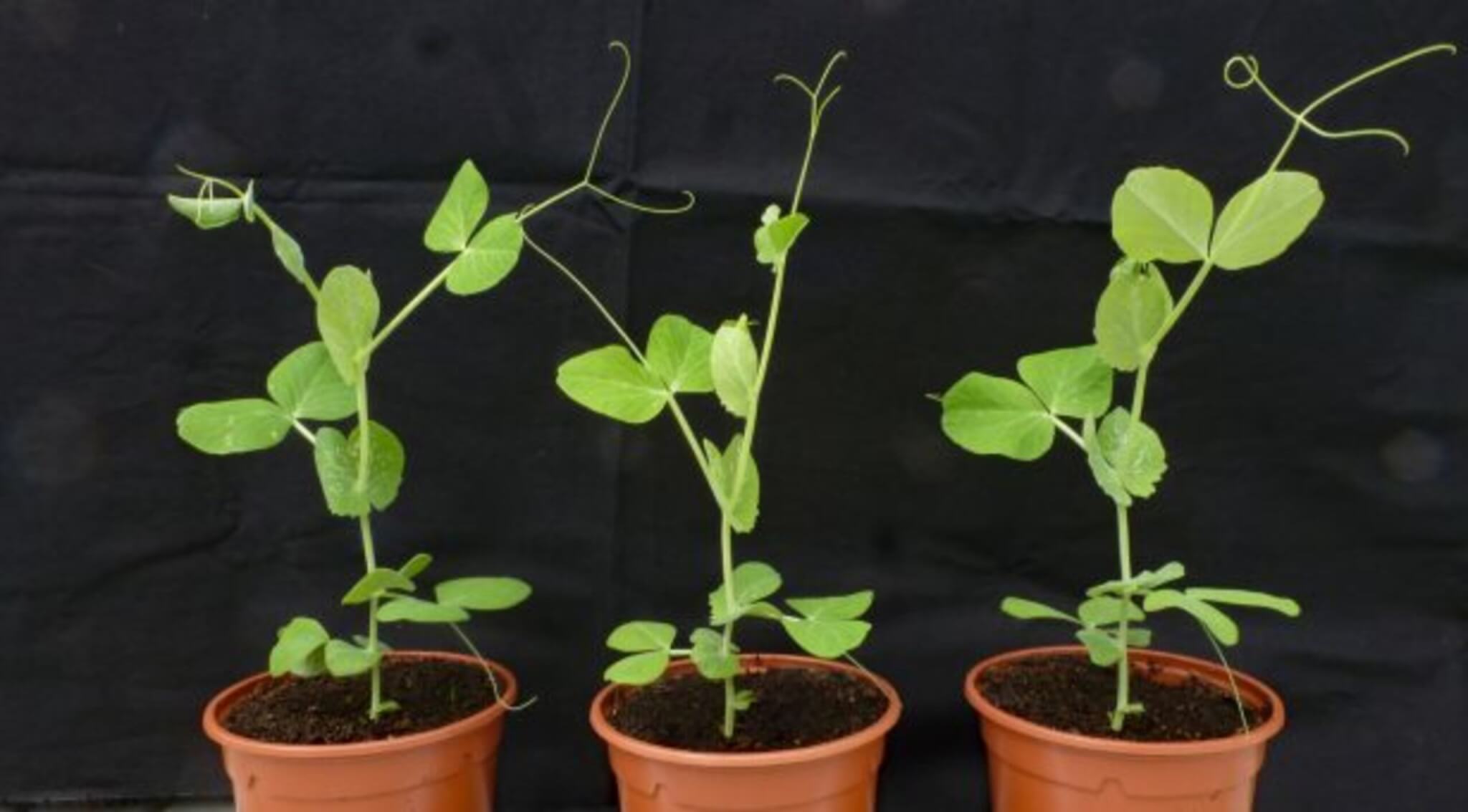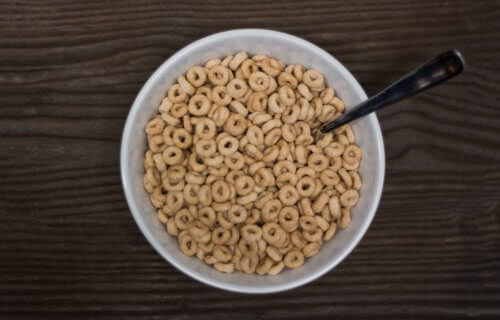NORWICH, United Kingdom — Could our favorite cereals soon be made of nutritious peas? In a significant genetic breakthrough, researchers at the John Innes Center in England have unlocked the potential for iron-fortified vegetables and cereal crops that could play a pivotal role in addressing the global health challenge of anemia, all thanks to pea plants.
Using a recently developed map of the pea genome, scientists have pinpointed the genetic sequence responsible for two high-iron mutations in peas.
“There are a number of intriguing opportunities arising from this research but probably the most exciting outcome is that knowledge of these mutations could inform gene editing strategies to increase iron in a wide range of crops,” says study author Janneke Balk, professor at John Innes Center, in a media release.
This discovery holds promise for tackling the persistent issue of iron deficiency, a nutritional problem that predominantly affects girls and women not only in the United Kingdom but also in various parts of the world. The concern is exacerbated as people shift towards reduced meat consumption due to climate change-related concerns.
Iron deficiency anemia is a condition characterized by a lack of iron in the body, leading to a decrease in the number of red blood cells responsible for storing and transporting oxygen.

To make this discovery, researchers employed RNA sequencing, a technique that identifies genes expressed in high-iron pea plants and compares them to wild-type plants with normal iron levels. Through computational mapping techniques and plant experiments, the team identified the specific mutations and their locations on the pea genome.
By identifying the subtle changes in the genetic code responsible for the high-iron traits, this research has unveiled new possibilities for biofortification, which involves enhancing the nutritional value of food. Potential applications include breeding pea varieties with significantly higher iron content or developing supplements with a natural, more bioavailable form of iron, reducing the side-effects associated with chemically derived iron supplements.
Furthermore, the knowledge gained from these genes, which are found in various plant species, could be applied to biofortify other crops like wheat and barley using modern gene-editing and breeding techniques.
The discovery of these two high-iron pea varieties has been instrumental in unraveling the mystery of how plants transport and make iron available to different organs, including seeds. Plants must carefully regulate iron uptake, as excessive iron can be lethal. The identified mutations are valuable because they maintain high iron levels without becoming toxic to the plant.
These mutations have baffled scientists for years, primarily due to the vast size of the pea genome. However, four years ago, the first draft of the entire pea genome sequence was assembled, providing a significant breakthrough.
“I have been associated with the field of iron homeostasis in plants for 20 years and every conference I went to, or in papers, these two genes are mentioned but people did not have the mutations,” notes Balk. “Now that we have identified these mutated genes, we can start making advances in both scientific understanding and practical improvements in producing food with higher more bioavailable iron content.”
The two high-iron mutations at the heart of this genetic puzzle were originally created in the 1990s by two separate research groups in Germany and the USA. After publishing their findings, these groups donated some of the pea seeds to the BBSRC-funded Germplasm Resources Unit, a national resource located at the John Innes Center. Maintaining these seed stocks over the decades proved crucial to the success of recent research, highlighting the vital role of seed banks and preserving historical collections in advancing scientific knowledge.
The study is published in The Plant Journal.
You might also be interested in:
- A genetic secret is hiding inside America’s favorite snack
- Wrinkled ‘super peas’ prevent sugar spikes, lower risk of developing diabetes
- Best Foods For Iron: Top 5 Nutrient-Rich Ingredients, According To Health Experts

